Home >Common Problem >5 Easy Ways to Format USB to NTFS Windows 11
5 Easy Ways to Format USB to NTFS Windows 11
- PHPzforward
- 2023-04-13 16:52:162296browse
USB drives are a great way to transfer data easily and efficiently. However, over time, your USB drive may lose its performance due to bad sectors or leftover data. If you have been facing performance issues with your USB drive, then formatting it can help you improve the same.
NTFS is a widely supported format type in Windows and can help you transfer large amounts of data compared to FAT32. Here are all the ways to format a USB drive to NTFS on Windows 11.
How to Format USB to NTFS in 5 Easy Methods
You can use various methods to format a USB drive to NTFS in Windows 11. Select any of the options mentioned below to help you with the process.
NOTE: Formatting a USB drive will permanently delete all data it contains. We recommend that you back up your data before proceeding with any of the following tutorials.
Method 1: Use Format
in Filer Explorer’s context menu Make sure you have inserted the USB drive correctly.
Press Windows E to start File Explorer. Now, find your USB drive here and right-click on it.

Click Format.
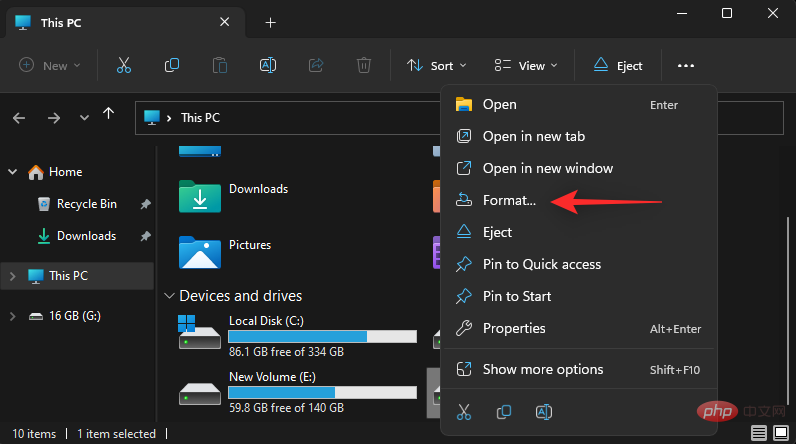
Click the drop-down menu for File System and select NTFS.
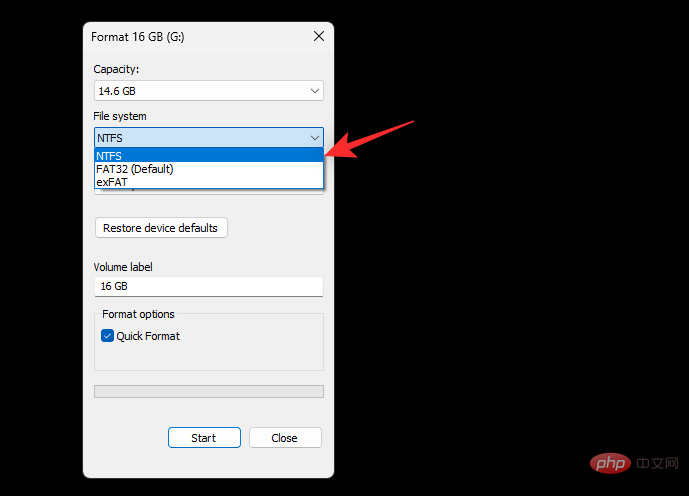
Select and enter the volume label of the USB drive as needed.
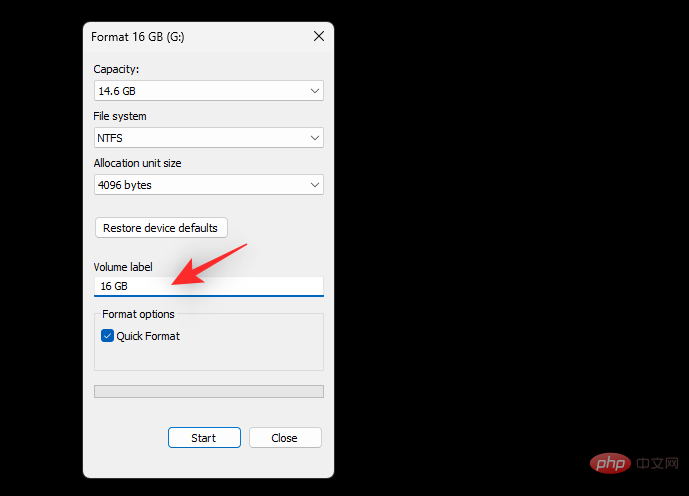
Select the Quick Format checkbox.

Click Start.

Click OK to confirm your choice.
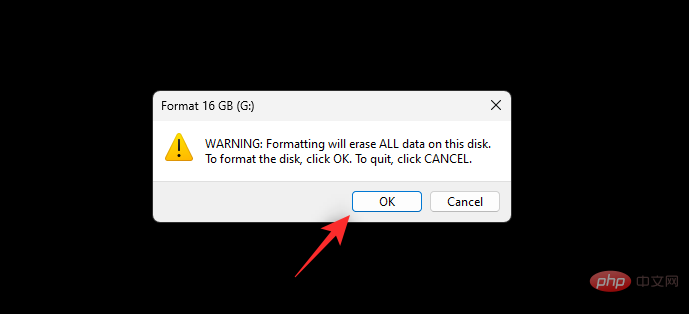
That's it! Now, you will format the USB drive to NTFS on Windows 11.
Method 2: Use Diskpart
Press Windows R to start Run.
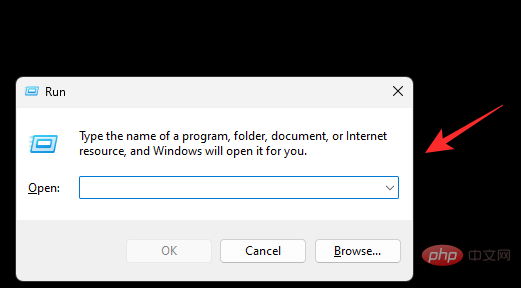
Enter the following and press Ctrl Shift Enter.
cmd

Execute the following command to start Diskpart.
diskpart

Now use the following command to list the current drives on your PC.
list disk
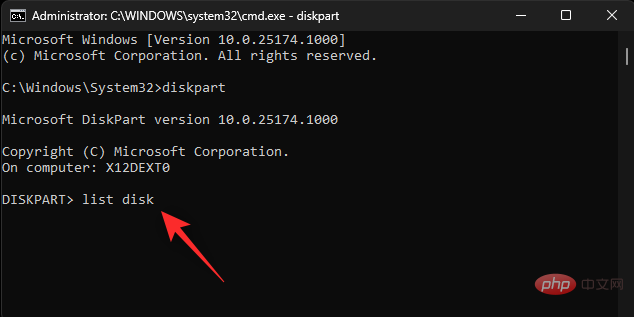
Find and identify your USB drive in this list. Use the following command to select your USB drive. Replace NUM with the disk number of the USB drive.
sel disk <strong>NUM</strong>
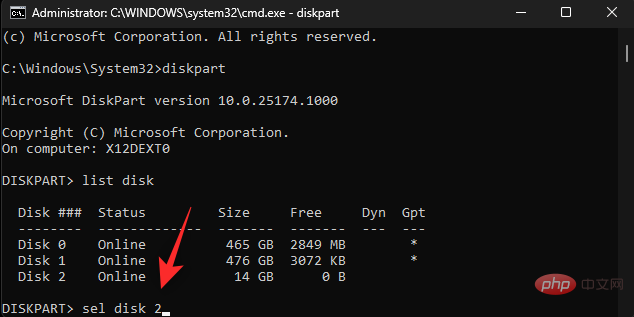
clean
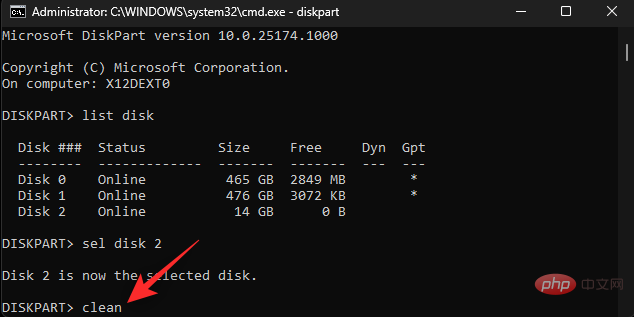
create partition primary
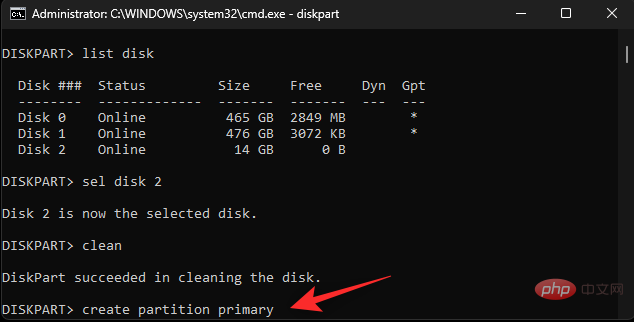
Active.
active
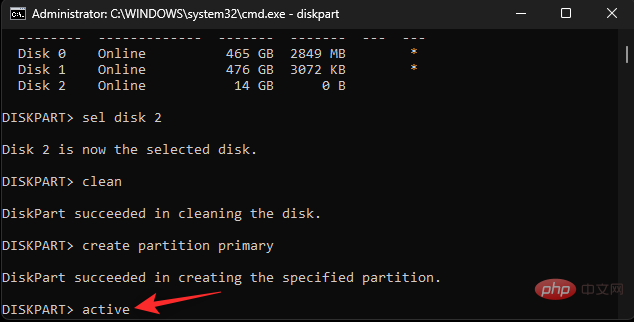
NAME with the label you wish to give the USB drive.
format fs ntfs label "NAME<strong>" quick</strong>
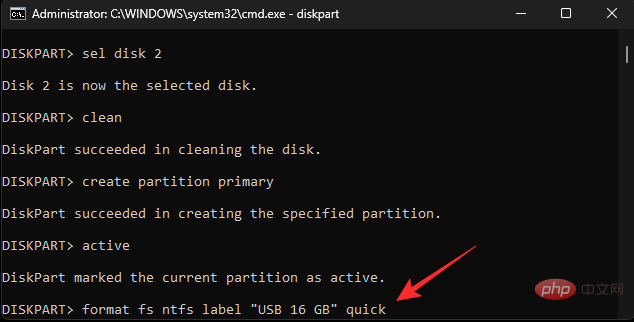
Note: Do not remove the quotation marks ("") when executing this command.
Now use the command below to assign a letter to your USB drive. Replace X with the drive letter of your choice.
assign letter=<strong>X</strong>

exit
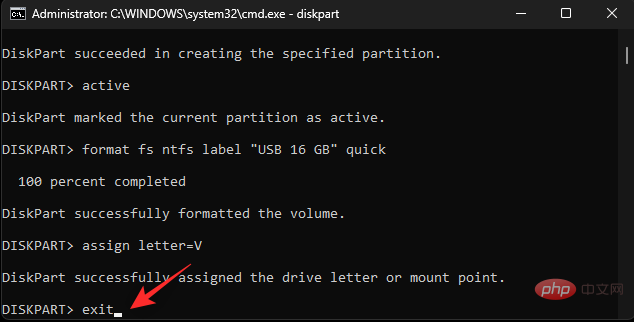
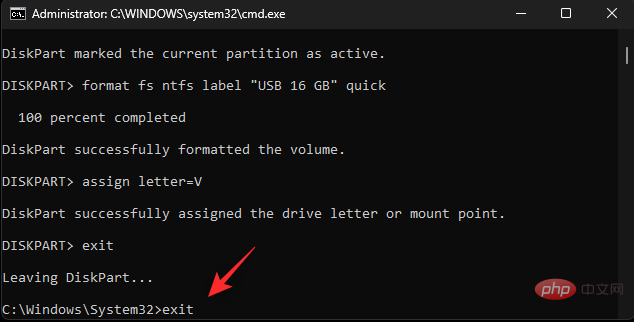
Windows RStartRun.

diskmgmt.msc
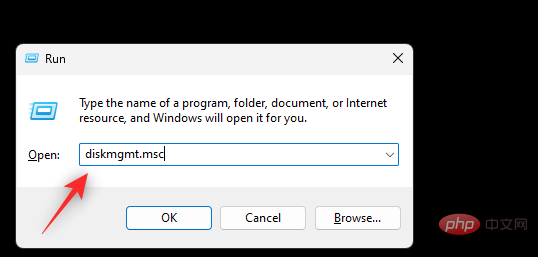
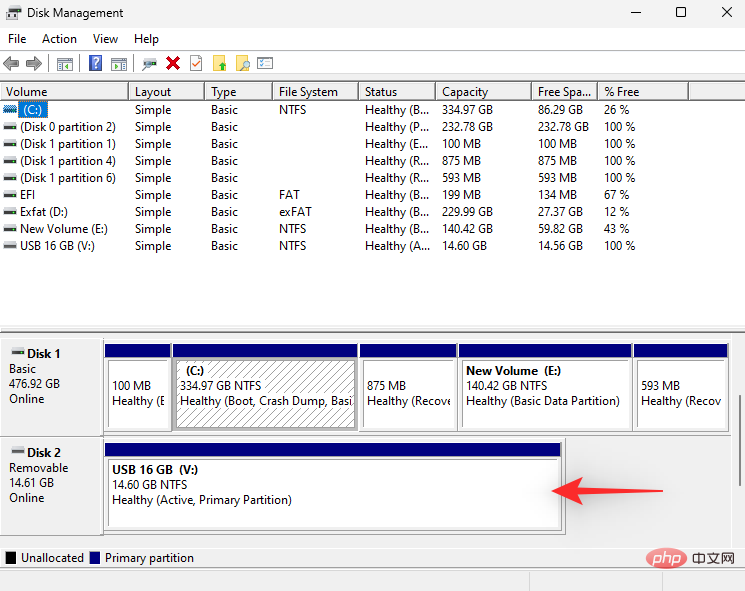
Format.
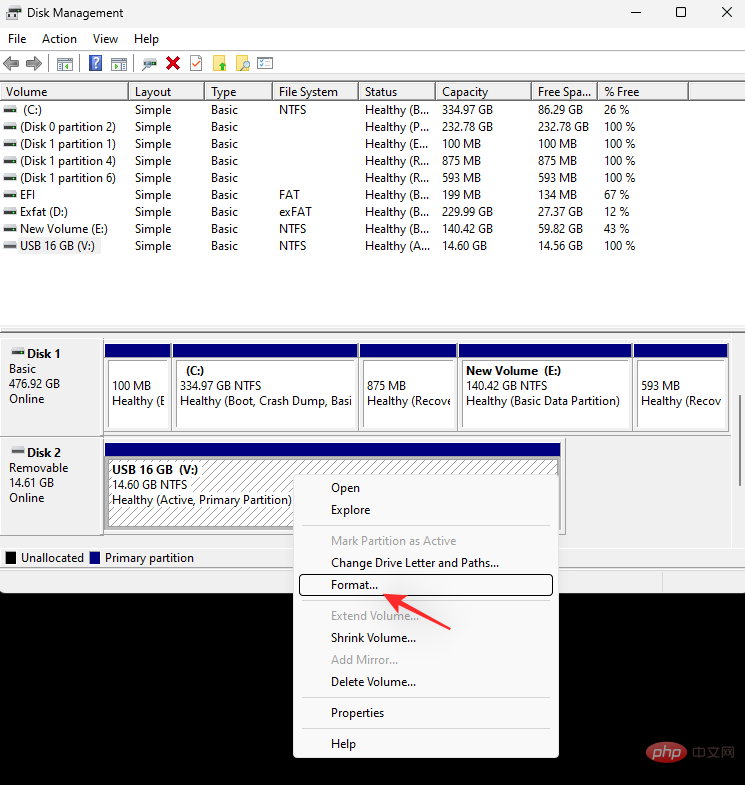
Yes to confirm your choice.
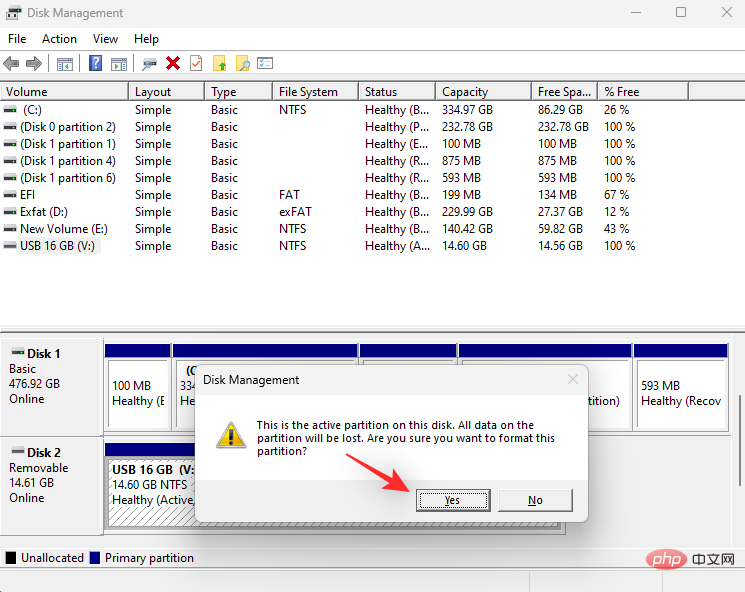
Choose a name for your USB drive next to the Volume label.

Click the drop-down menu for File System and select NTFS.
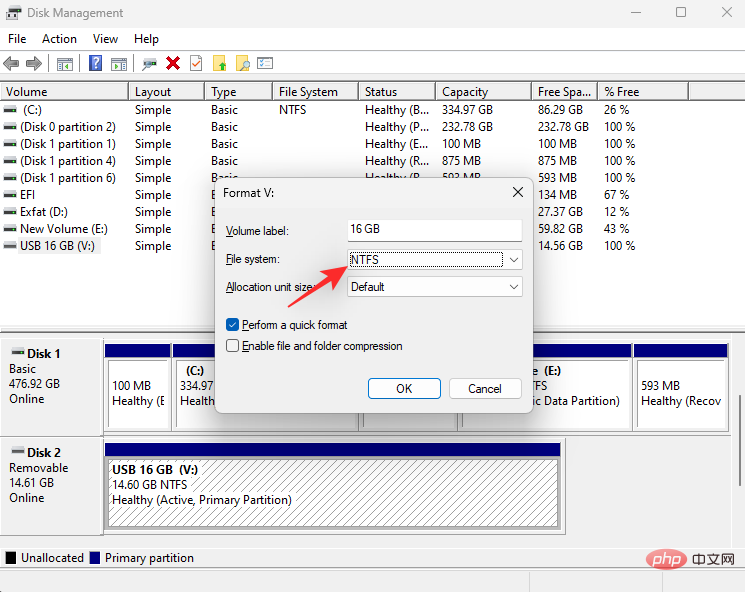
Perform Quick Format checkbox.
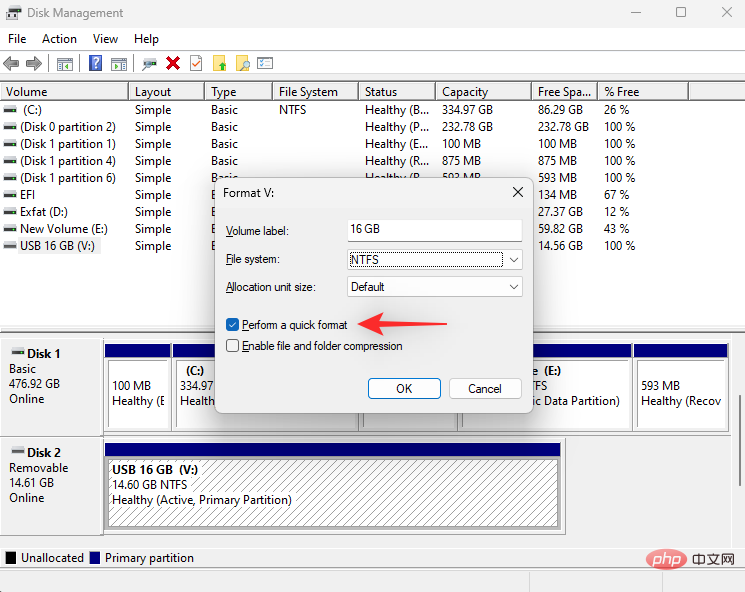
OK.
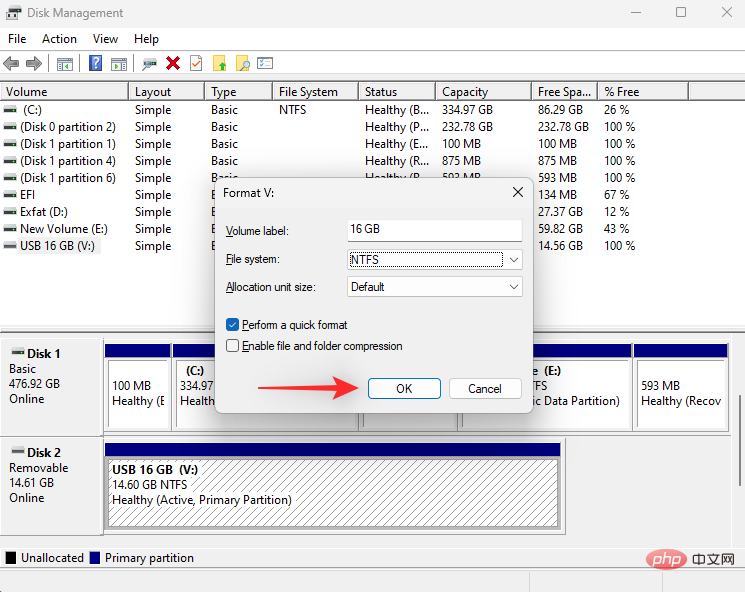
Windows R to start Run.

Ctrl Shift Enter.
powershell

get-disk

in the first column serial number.

NUM with the disk number of the USB drive.
clear-disk -number NUM<strong> -RemoveData</strong>
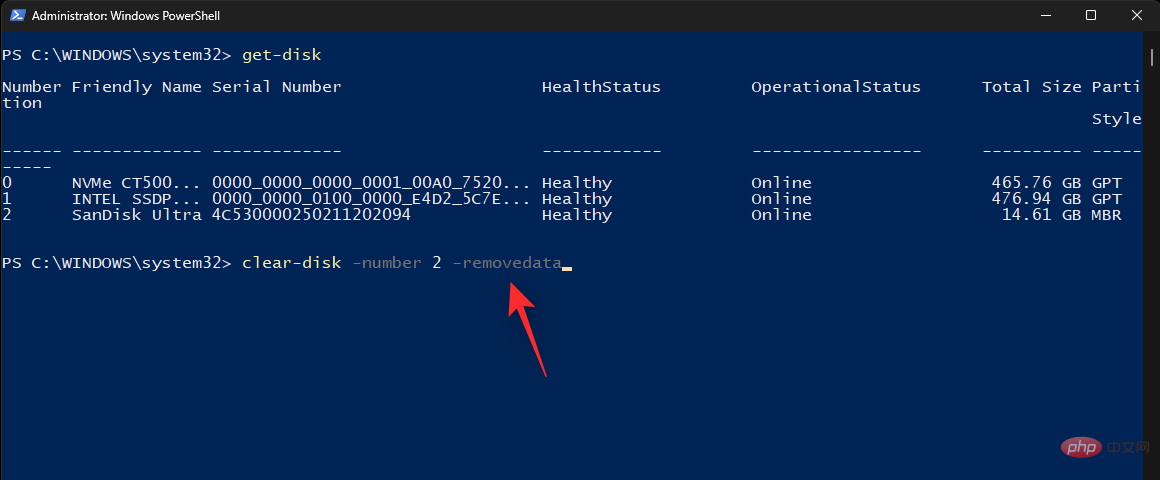
A to confirm your choice.
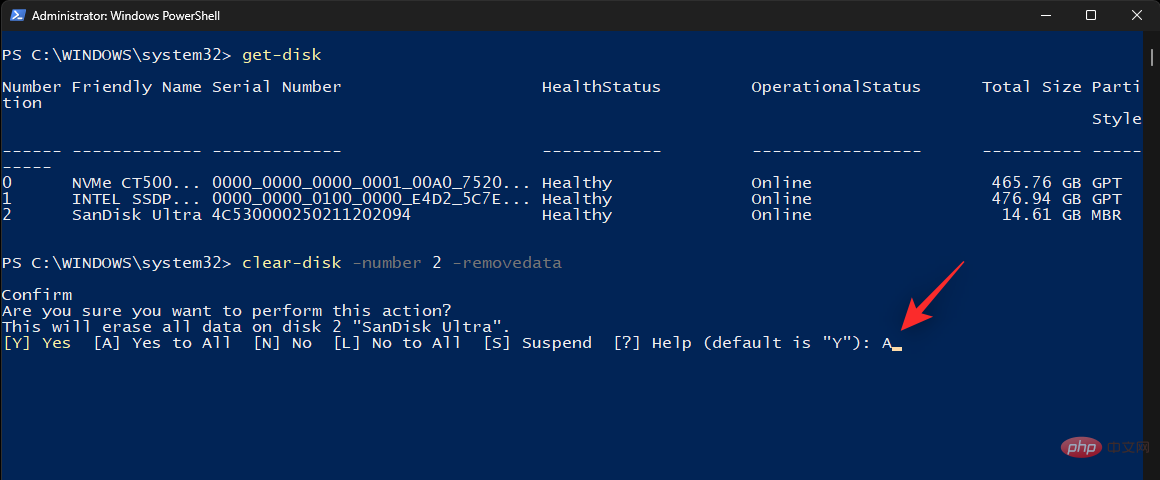
NUM with the disk number of the USB drive and LETTER with the letter you wish to assign to the USB drive.
new-partition -disknumber <strong>NUM</strong> -usemaximumsize -isactive -driveletter <strong>LETTER</strong>
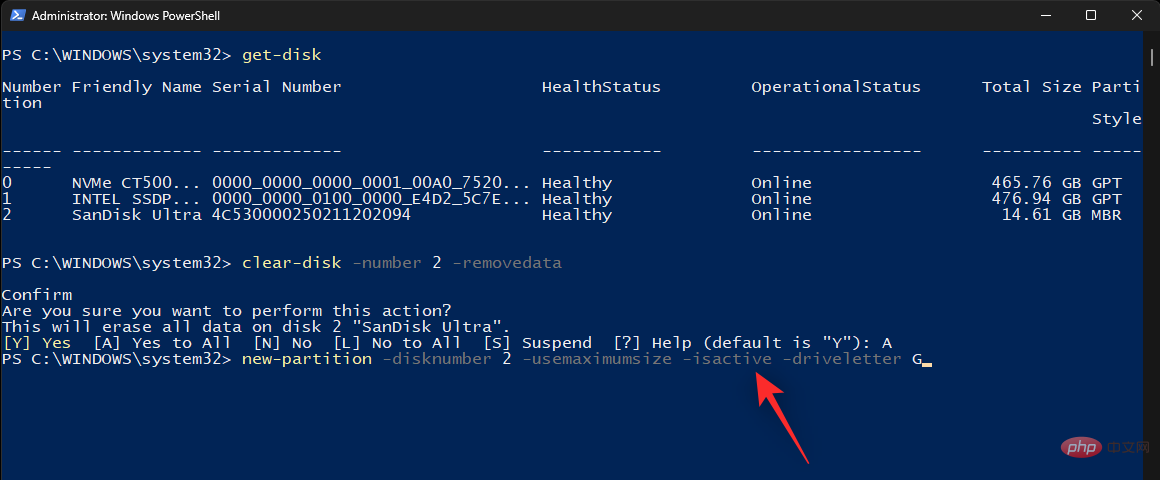
Now There is a new partition on your USB and we can format it to USB. Use the following command and replace LETTER with the new drive letter of your USB drive. Likewise, replace the USB tag with the name of your USB drive.
format-volume -driveletter <strong>LETTER</strong> -filesystem ntfs -newfilesystemlabel <strong>USB Label</strong>

Finally, close PowerShell using the following command.
exit
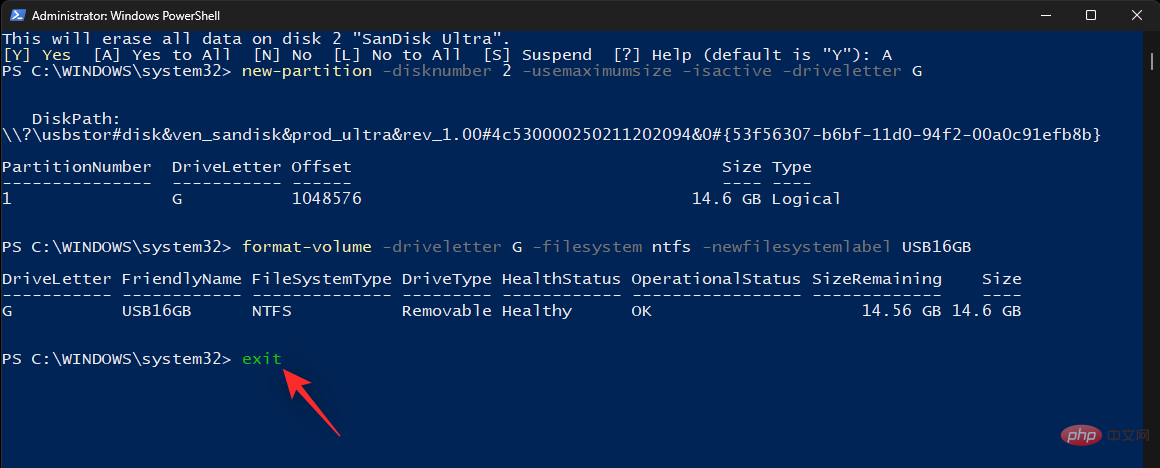
That’s it! Now you'll use PowerShell to format the USB drive to NTFS.
Method Five: Use Third-Party Applications
There are a large number of third-party applications that can help you format drives and disks as per your current needs and requirements. We recommend using Rufus because it's free, easy to use, and can even help you create a bootable USB drive. Follow the tutorial below to format your USB drive using Rufus.
- Rufus | Download Link
Use the link above to download Rufus to your PC and plug in your USB. Now use the .exe file to launch Rufus.

Click the drop-down menu for Device and select your USB drive if it’s not already selected.
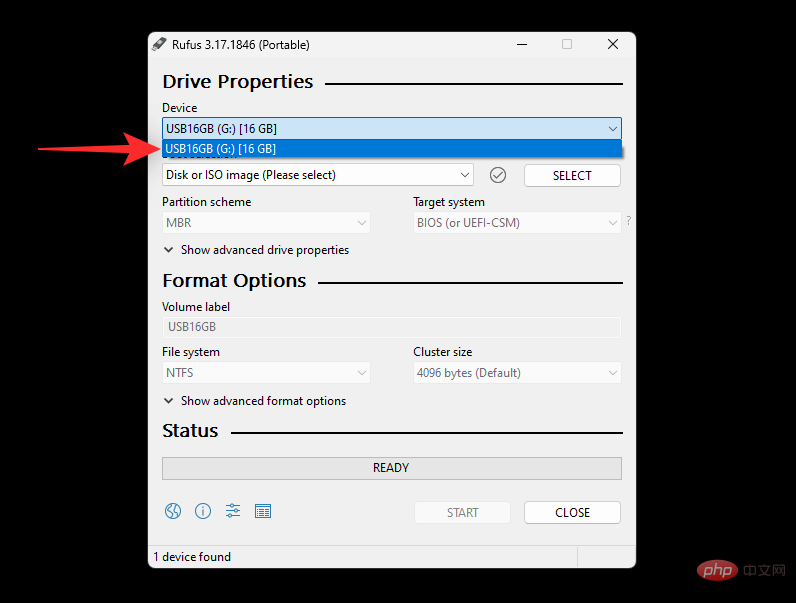
Now click on the drop-down menu of Boot selection and select Non bootable.
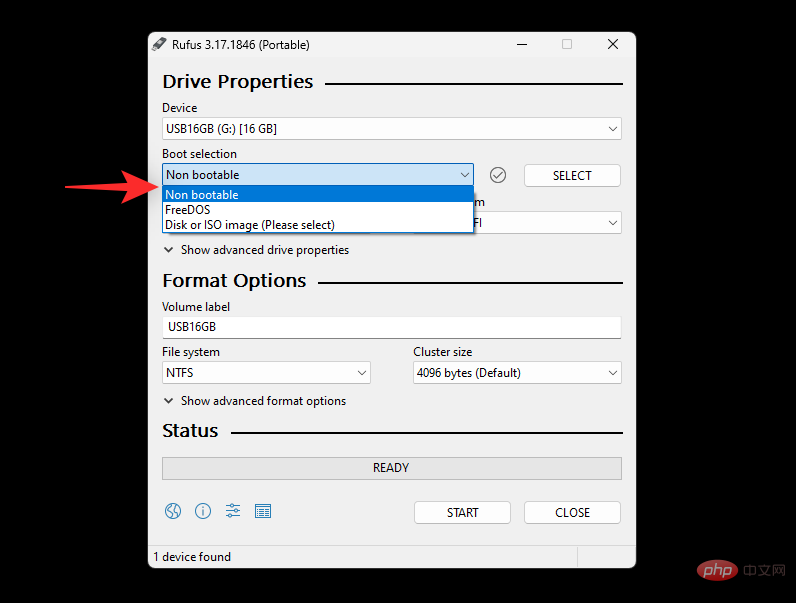
Set a name for your USB drive under the Volume label.
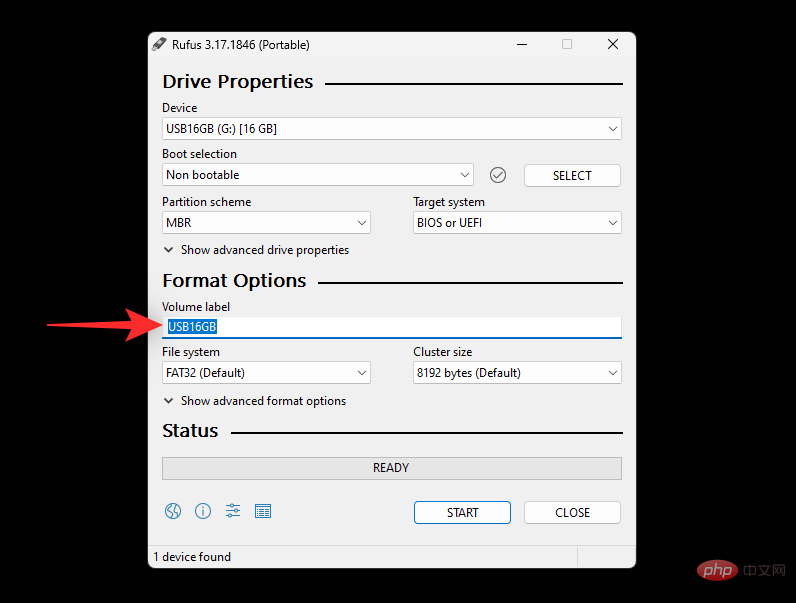
Click the drop-down menu for File System and select NTFS.
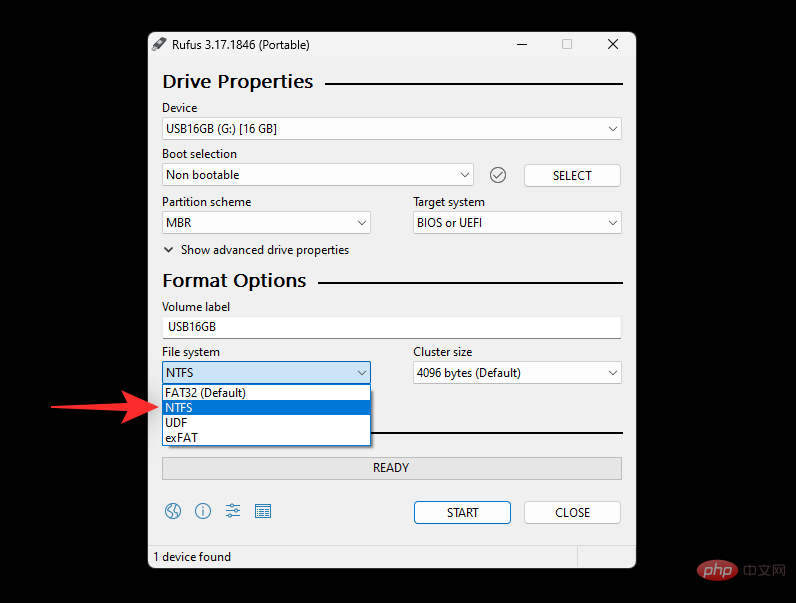
Click to show advanced formatting options and uncheck the Quick Format box.
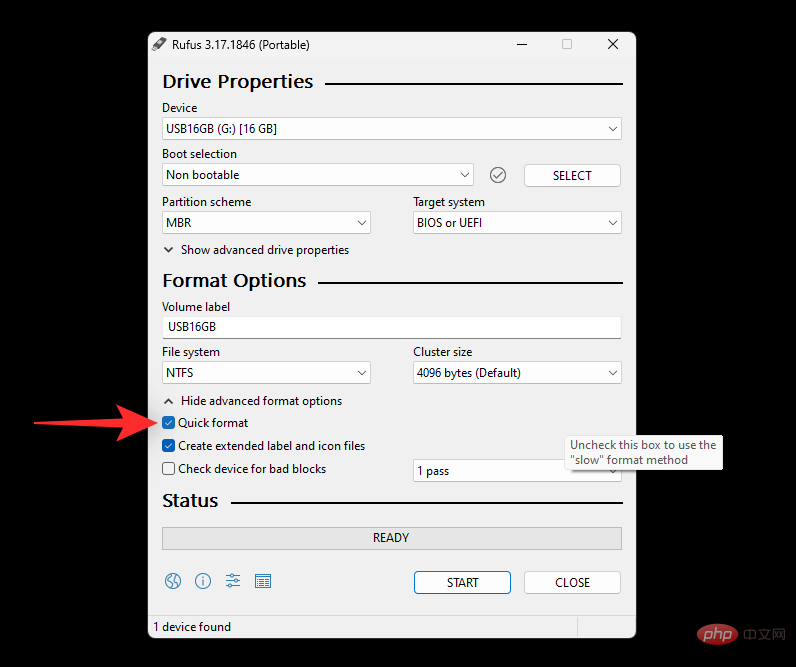
Finally, click Start.
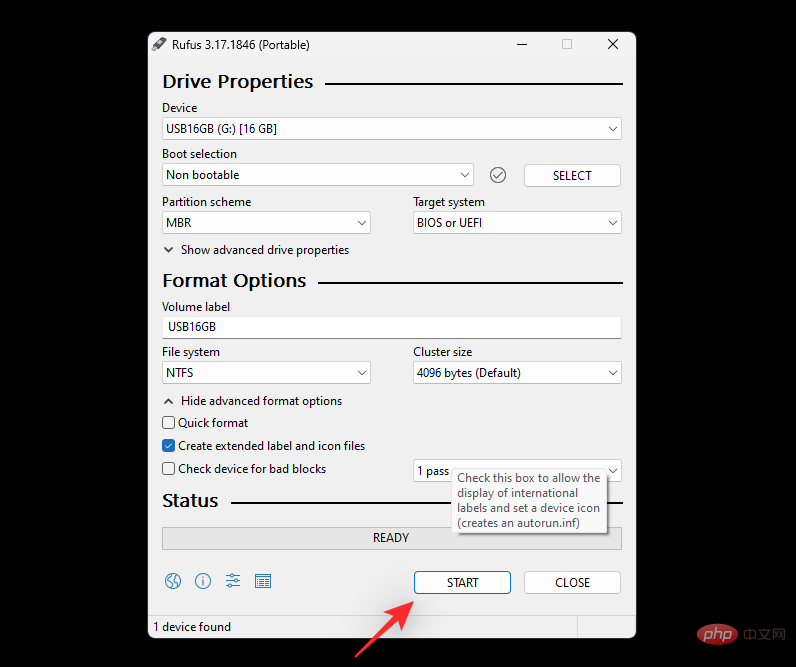
Click OK to confirm your choice.
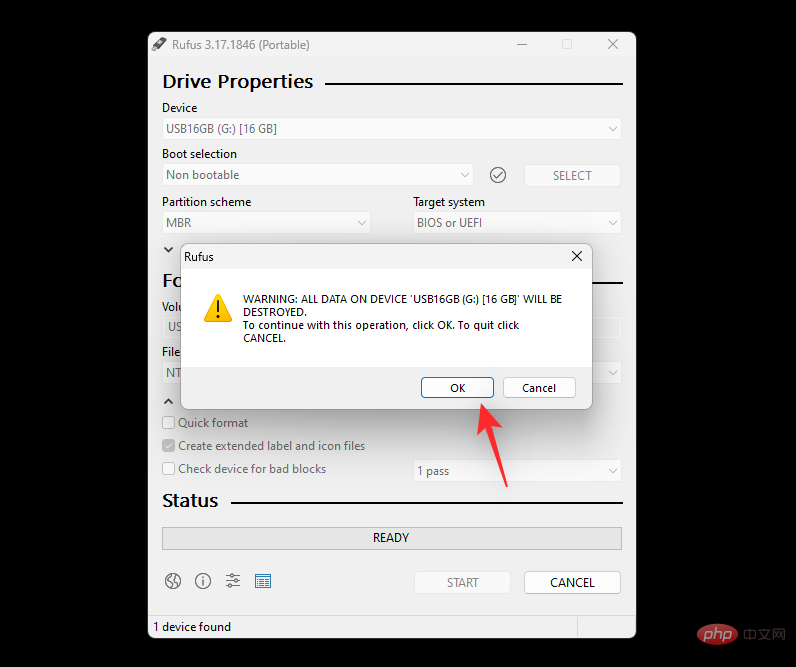
That's it! You will now use Rufus to format your USB drive on Windows 11.
The above is the detailed content of 5 Easy Ways to Format USB to NTFS Windows 11. For more information, please follow other related articles on the PHP Chinese website!

